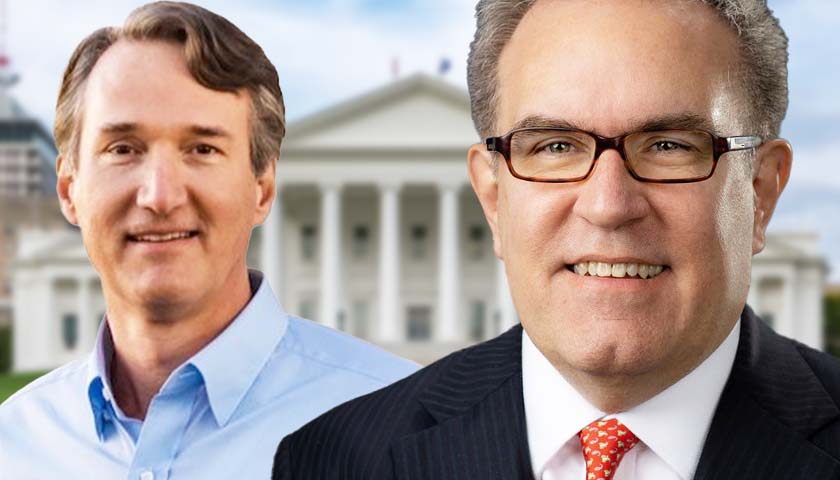Governor Glenn Youngkin signed Executive Order 19 and created a new Office of Regulatory Management (ORM) on Thursday, with the goal of reducing Virginia’s regulation. He tapped his advisor Andrew Wheeler to lead the office.
“Last year, I pledged to Virginians that we would remove 25 percent of the regulatory requirements in the Commonwealth. In the spirit of this objective, we have created the Office of Regulatory Management, led by Andrew Wheeler, which will create much needed transparency and efficiency in Virginia’s regulatory process to ensure that we have a government that works for the citizens of the Commonwealth,” Youngkin said in a press release.
Wheeler served as the EPA administrator under former President Donald Trump, and Virginia Senate Democrats blocked Youngkin’s appointment of Wheeler as Secretary of Natural and Historic Resources.
Senator Adam Ebbin (D-Alexandria) was key in blocking confirmation of that appointment. On Friday, he told The Virginia Star that Wheeler’s new role doesn’t require confirmation by the General Assembly.
“I don’t trust Mr. Wheeler to look out for the protection of Virginia’s environment or to protect Virginians from environmental hazards,” Ebbin said.
He also said, “A goal of eliminating one quarter of all regulations, prior to reviewing the regulations, seems arbitrary.”
James Broughel, senior research fellow at the George Mason University Mercatus Center, told The Star that each Virginia governor is required to issue a regulatory reform executive order.
“Most states don’t have that. But in Virginia, a new governor comes in and they issue a regulation executive order that sets their priorities for the regulatory process and directs agencies as to how they should review or promulgate rules,” Broughel said.
In a Richmond Times-Dispatch column in September 2021, before Youngkin was elected, Broughel argued that either Youngkin or candidate Terry McAuliffe would have good reason to reduce regulation in Virginia, and highlighted the result of a three-year pilot program that was coming to an end.
2018 legislation from the General Assembly required a Regulation Reform Pilot Program that would look at just two Virginia agencies and require them to cut regulations by 25 percent. Only one of the two agencies met the target, but Broughel told The Star that he sees Youngkin’s call for a 25 percent reduction in regulation as a continuation of the work begun in the pilot, and spread to other agencies.
Broughel said, “You didn’t see the biggest, most controversial regulations suddenly disappear under that program. It was a lot of stuff like combining forms, putting forms online that previously had only been in paper, building and cleaning up websites, making requirements more transparent, combining requirements where maybe there were multiple. I would say it was good housekeeping kind of stuff.”
“So I would not expect big, dramatic, regulatory reductions under that 25 percent goal. I suspect it will be fairly uncontroversial changes that are about streamlining the regulatory code, making it simpler, making it easier to comply with, and easier to follow for business and the public,” he said.
He said the creation of the ORM isn’t particularly partisan.
“What strikes me is it reminds me of the federal regulatory process,” Broughel said.
“So I think that’s the influence that Wheeler is bringing, as he’s coming from a position of having worked in the federal government, and he’s probably familiar with [Office of Management and Budget] review process, probably thinks the cost-benefit review analysis helps ensure that regulations are more effective, and the independent review of that analysis and review of regulations helps ensure that they’re more likely to achieve their goals,” he said.
– – –
Eric Burk is a reporter at The Virginia Star and The Star News Network. Email tips to [email protected].
Photo “Andrew Wheeler” by United States Environmental Protection Agency. Photo “Glenn Youngkin” by Glenn Youngkin. Background Photo “Virginia State Capitol” by Martin Kraft. CC BY-SA 3.0.









Create another administrative regulatory agency to reduce the number of regulatory agency requirements ??